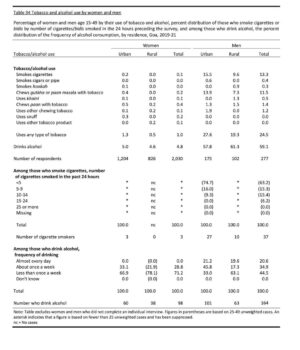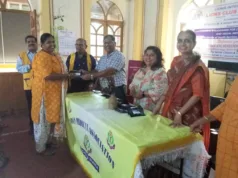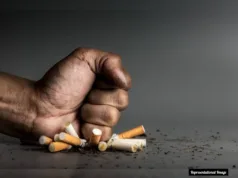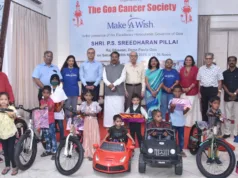The recently-released National Family Health Survey-5 (2019–21) has reported that 11.5% of men in Goa chew gutkha or paan masala with tobacco, and about 24.5% use any form of tobacco. While these figures have drawn attention, they must be interpreted with great caution due to the extremely small male sample size in the survey, stated a press note issued by Dr. Shekhar Salkar, President of National Organisation for Tobacco Eradication (NOTE India).
“The recently published National Family Health Survey-5 (2019–21) data has reported figures on tobacco use among men and women in Goa. While the findings provide valuable insights, it is important to interpret them with due caution,” cautioned Dr Salkar.
“Only about 277 men were interviewed, compared to over 2,000 women. Such a small respondent base increases the risk of sampling bias, making the results less reliable for accurately estimating statewide prevalence,” he pointed out.
The survey in Goa was based on a small respondent sample, and as indicated in the technical notes. This means that the apparent prevalence rates may not accurately represent the true pattern of tobacco use across the state. Sampling limitations and statistical bias may have led to an overestimation of actual usage, especially when compared with larger and more representative studies such as the Global Adult Tobacco Survey (GATS-2, 2016), which had shown much lower prevalence rates in Goa.
Goa has consistently been among the lowest tobacco-consuming states in India, thanks to sustained awareness drives, strict enforcement of anti-tobacco laws, and strong public participation. Civil society organisations, health professionals, and the government have worked hand in hand to make Goa a model for tobacco control.
When compared with earlier national-level studies such as the Global Adult Tobacco Survey (GATS), the contrast is significant. GATS-1 (2009–10) and GATS-2 (2016) had shown smoking prevalence in Goa to be stable and low (4.8% → 4.2%), and smokeless tobacco use to have increased only marginally (from about 4.6% to 6.5%).
Over the years, Goa has achieved this progress through strong public awareness campaigns, youth engagement, strict COTPA enforcement, and collaboration between government and civil society. The state remains a national model for community-driven tobacco control.
The National Organisation for Tobacco Eradication (NOTE India) reaffirms its confidence that tobacco use in Goa is on a declining trend, and that the state’s youth and communities are increasingly aware of the harms associated with both smoking and smokeless forms.
“We remain committed to continuing education campaigns, school and workplace interventions, and advocacy for stronger enforcement under the COTPA Act and related regulations. The focus must remain on prevention, cessation, and protection from second-hand smoke, while also ensuring that survey interpretations do not misrepresent the state’s overall progress in reducing tobacco burden,” emphasised Dr. Salkar.






